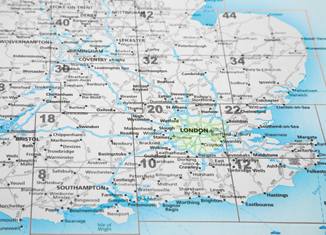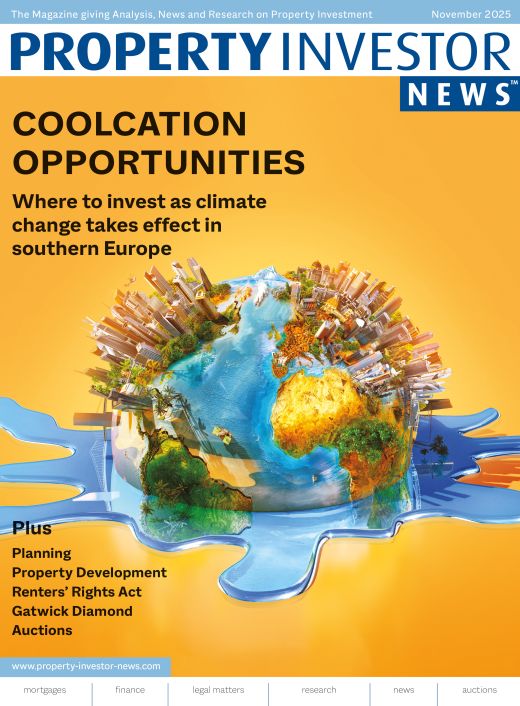In a volatile property market, a notable trend is emerging that is transforming how developments are financed, built, and occupied. Institutional investors are increasingly requiring that at least 50% of a development’s stock be pre-sold before construction even begins. This approach, already gaining traction among major housing developers, is reshaping property development in response to changing investor demands and housing needs.
Managing Risk in an Uncertain Market
The 50% pre-sold model reflects a more cautious investment environment. With construction costs remaining high and development finance harder to secure, many institutional backers now want to see early signs of demand as reassurance before committing capital. With 50% of stock already accounted for, this boosts investor confidence. It also gives developers an immediate injection of funds and financial certainty, allowing for faster project completion and reducing exposure to fluctuating market conditions.
This ‘golden brick’ approach - often involving the sale of 60-70% of units off-plan - is increasingly being adopted by large developers. Far from being a short-term reaction, this trend is set to become the norm and will reshape both funding strategies and buyer profiles.
The Rise of Institutional Investors and the PRS
While this model offers financial security for developers, it is also reshaping the purpose of new housing. Institutional investors - attracted by long-term, stable returns - are purchasing larger shares of developments to operate as professionally managed rental stock within the Private Rental Sector (PRS), rather than being sold as owner-occupied homes.
This shift coincides with broader demographic and economic changes. Homeownership is becoming increasingly unaffordable for many, exacerbated by the ongoing cost-of-living crisis and tightening mortgage availability. Meanwhile, many traditional landlords are exiting the market due to rising regulation, taxes, and operational costs, further constraining supply, all whilst demand for rental properties continues to grow.




















